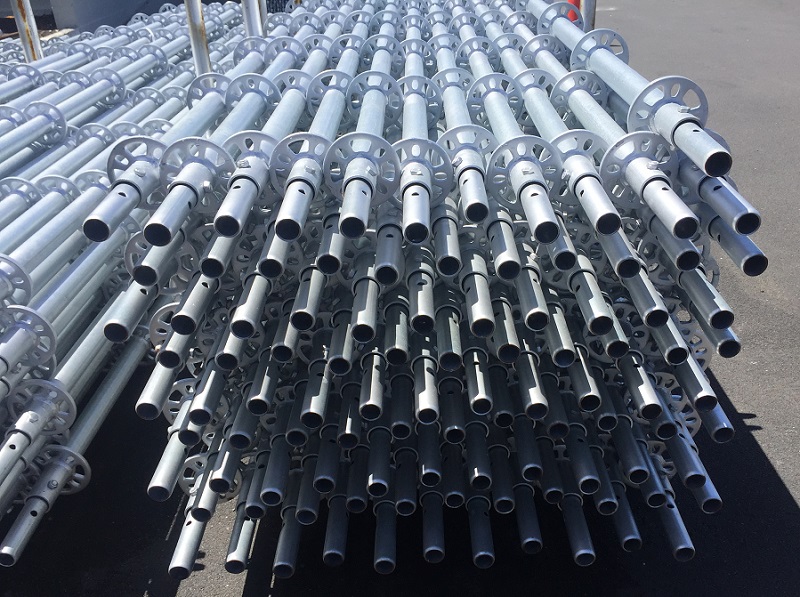
However, with diverse options available—from traditional tube-and-coupler systems to modular and suspended platforms—the choice can be overwhelming. To navigate this complexity, start by assessing your project’s specific needs: Consider the height and duration of the project, the load-bearing requirements, and environmental factors like wind or uneven terrain. A high-rise development, for example, may demand sturdy steel scaffolding with reinforced guardrails, while a short-term interior renovation could benefit from lightweight aluminum frames.

Match Scaffolding Types to Project Goals
Understanding the strengths of different scaffolding systems is key. Tube and coupler scaffolding offers flexibility for irregular structures, making it ideal for complex architectural designs. Meanwhile, modular or system scaffolding (like frame or cantilever models) provides rapid assembly for time-sensitive projects. For projects requiring frequent height adjustments or access to elevated façades, suspended scaffolding might be the optimal choice. Material selection also plays a role: Steel ensures durability for long-term use, while aluminum reduces labor costs due to its portability. Don’t overlook specialized options—rolling scaffolds for indoor spaces or timber scaffolds for temporary low-budget tasks. Aligning the scaffolding type with your project's timeline, budget, and physical demands minimizes delays and maximizes ROI.
Prioritize Safety and Compliance
No matter the scaffolding type, safety and regulatory compliance are non-negotiable. Ensure the system meets local building codes and international standards (e.g., OSHA or EN certifications). Partner with reputable suppliers who provide certified equipment and offer technical support for installation. Regular inspections, worker training, and proper maintenance are equally crucial—faulty components or improper assembly can lead to accidents. Additionally, evaluate whether renting or purchasing scaffolding makes financial sense. Short-term projects often benefit from rentals, while long-term ventures may justify ownership. By prioritizing safety, compliance, and cost-efficiency, you’ll create a secure and productive environment for your team.
In conclusion, the right scaffolding choice hinges on a balance of practicality, safety, and foresight. Collaborate with experts, weigh your options carefully, and invest in solutions that align with your project’s unique demands. After all, the foundation of a successful build isn’t just in the structure itself—it’s in the scaffolding that supports its creation.










